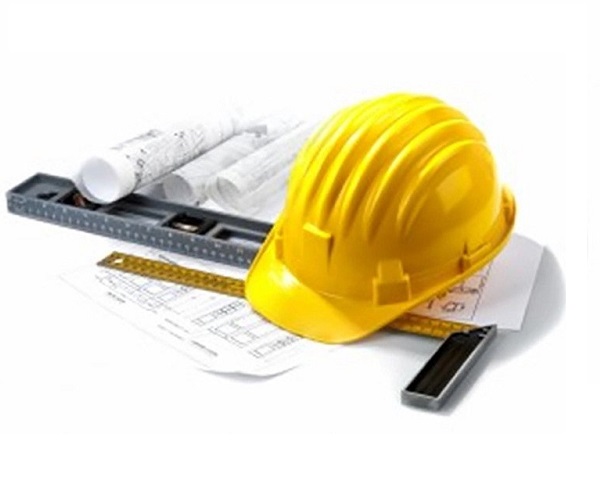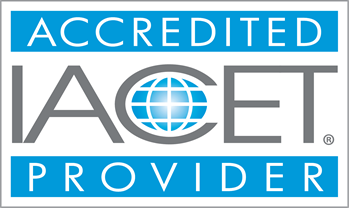Price: $39.99
OSHA Competent Person - Fall Protection in Construction
The objective of this course is to provide workers at elevation with continuous and effective means of fall protection. Practical methods for using various types of safety equipment will help prepare the participant to function as a Competent Person. Our program complies with OSHA Regulations
Course Modules - (26)
Learning Outcomes:
- i. Trainees will become generally familiar terms associated with falls in construction
- ii. Trainees will be able to recognize avoid and prevent falls hazards from causing harm.
- iii. Trainees should become aware of regulatory safety requirements associated with falls, including OSHA’s Subpart M.
- iv. Trainees will learn how to make informed decisions when working at heights.
Completion Requirements:
- 100% appearance for the course
- Fully involvement in all class trainings (determined by instructor)
- Completion of Continuing Education and Training Registration Form
- Completion of mandatory quiz assessments
- As applicable, attainment of least passing score on required end-of-course examination
- Participation and submittal of end-of-course assessment form (must provide name on form to obtain credit)


